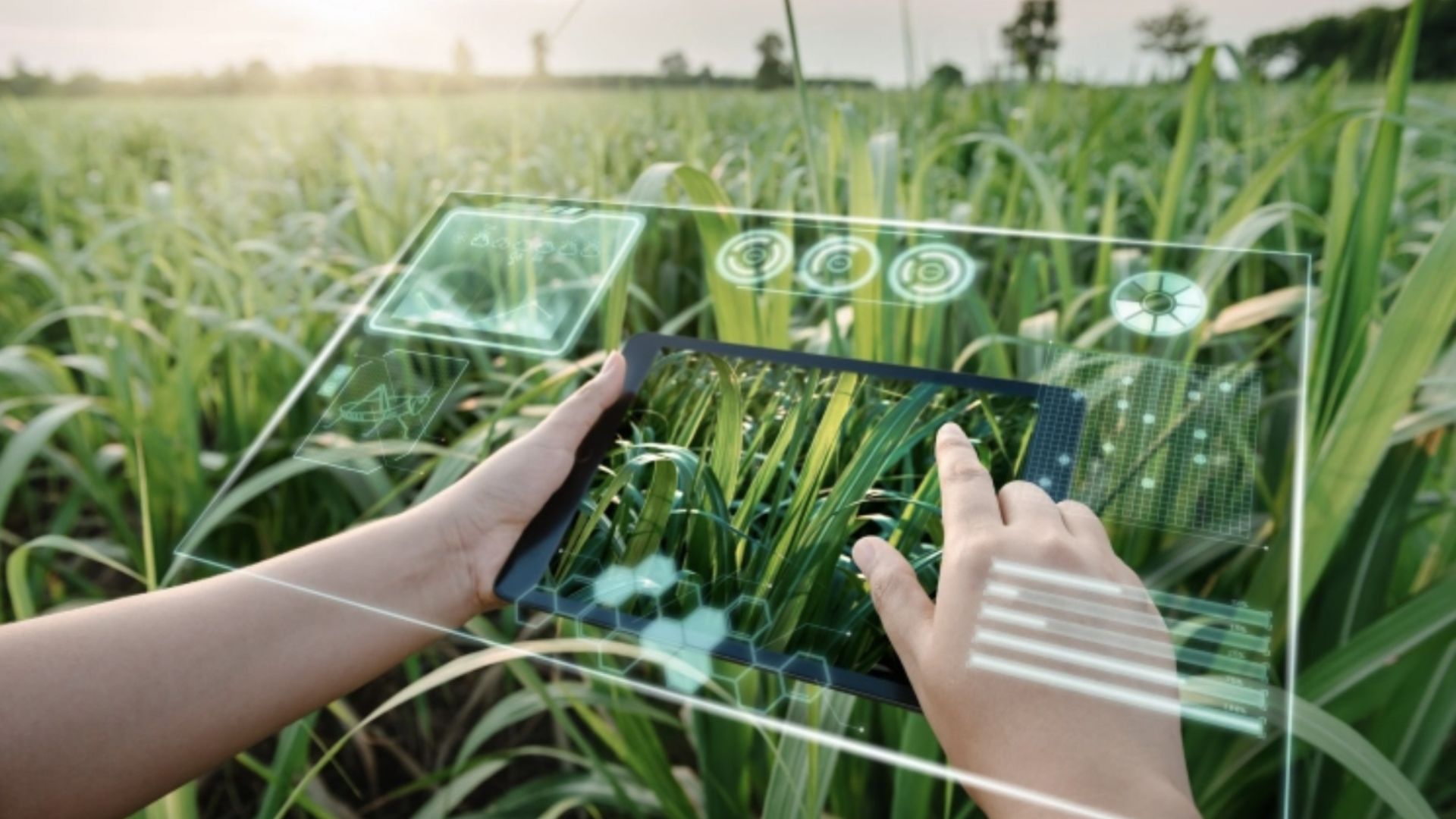Have you ever wondered how technology is transforming farming?
Well, buckle up because in my today’s article, we’re diving into the world of Artificial Intelligence (AI) and Machine Learning (ML) in Agriculture. These innovations are revolutionizing the way we grow, manage, and harvest crops.
Let’s explore how AI and ML are changing the game for farmers worldwide.
What is AI and ML?
Understanding AI
Artificial Intelligence, or AI, is like giving machines a brain. It’s about creating systems that can perform tasks that usually require human intelligence, like understanding language, recognizing patterns, and making decisions.
What is Machine Learning?
Machine Learning, a subset of AI, is when machines learn from data. Imagine teaching a dog new tricks, but instead of treats, you’re feeding it data. The more data it gets, the smarter it becomes.
The Role of AI and ML in Agriculture
Precision Farming
Precision farming is all about efficiency. AI helps farmers monitor their crops and soil conditions in real-time, ensuring every plant gets the right amount of water, nutrients, and care.
Soil Health Monitoring
AI tools analyze soil samples to determine nutrient levels, pH balance, and moisture content. This helps farmers know exactly what their soil needs to produce healthy crops.
Weather Forecasting
Accurate weather predictions are crucial for farmers. AI systems use historical data and current weather conditions to forecast rain, frost, and storms, helping farmers plan their activities accordingly.
Crop Management and Disease Control
Crop Monitoring
Drones equipped with AI-powered cameras fly over fields, capturing high-resolution images. These images are analyzed to detect issues like pests, diseases, and nutrient deficiencies.
Early Disease Detection
AI can identify early signs of diseases in crops before they become visible to the human eye. Early detection means timely intervention, saving crops and increasing yields.
Pest Control
AI systems can predict pest infestations by analyzing environmental conditions and crop health. Farmers can then take preventive measures, reducing the need for chemical pesticides.
Smart Irrigation Systems
Efficient Water Usage
Water is a precious resource. AI-powered irrigation systems use sensors to monitor soil moisture levels and weather forecasts to optimize watering schedules, conserving water and ensuring crops get just the right amount.
Automated Irrigation
These systems can automatically turn irrigation systems on and off, delivering water precisely when and where it’s needed.
Livestock Management
Animal Health Monitoring
AI isn’t just for crops. Farmers use AI to monitor the health of their livestock. Sensors track vital signs, movement patterns, and feeding habits, alerting farmers to any health issues.
Breeding Programs
AI helps in selecting the best breeding pairs to improve livestock quality. It analyzes genetic data to predict desirable traits in offspring, leading to healthier and more productive animals.
Data-Driven Decision Making
Big Data in Agriculture
Farmers collect vast amounts of data from various sources like weather stations, satellites, and sensors. AI and ML analyze this data to provide actionable insights.
Predictive Analytics
Using historical data, AI predicts future trends in crop yields, market prices, and demand. This helps farmers make informed decisions about planting, harvesting, and selling their produce.
Challenges and Future Prospects
Challenges
Despite its benefits, AI in agriculture faces challenges. High costs, the need for technical skills, and data privacy concerns are significant barriers.
Overcoming Barriers
Farmers, tech developers, and policymakers need to work together to make AI solutions more accessible and affordable.
The Future of AI in Agriculture
The future looks bright. With continuous advancements, AI and ML will become even more integrated into farming practices, leading to smarter, more sustainable agriculture.
Wrapping Up
So, there you have it! AI and ML are not just buzzwords; they’re driving a revolution in agriculture. From precision farming and crop management to smart irrigation and livestock monitoring, these technologies are helping farmers produce more with less.
As we overcome challenges and embrace these innovations, the future of farming looks promising. Ready to see what’s next on this exciting journey? Stay tuned for my next articles!

















